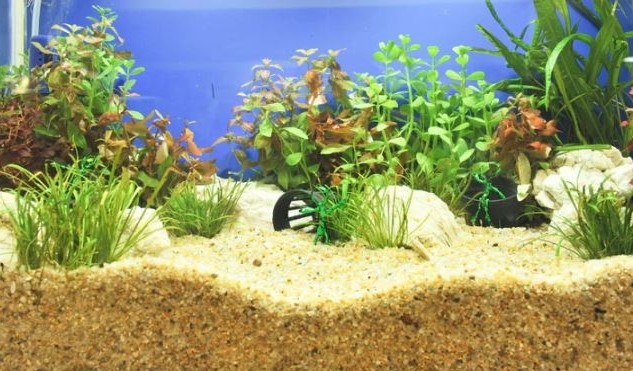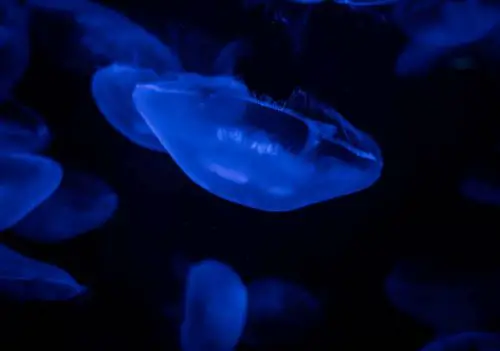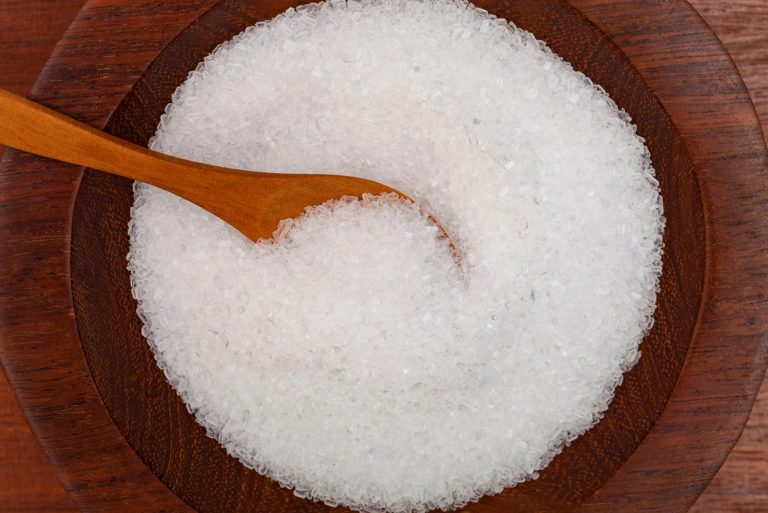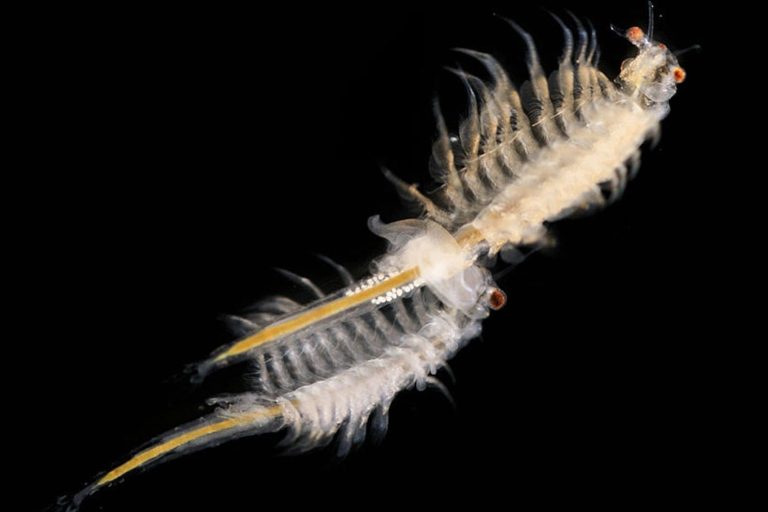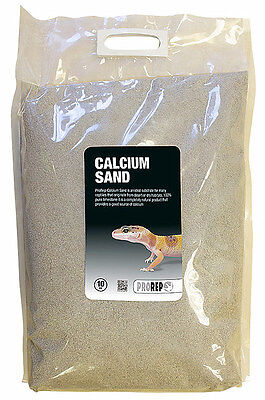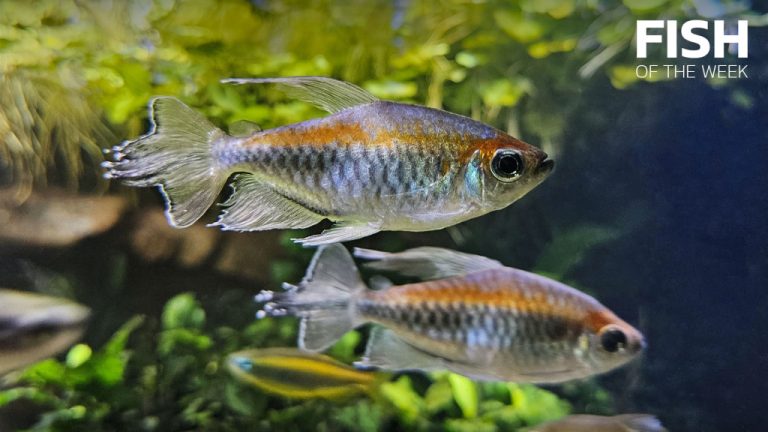Reptile Sand in Aquariums: Myth or Safe Reality?
Reptile sand should not be used in aquariums because it can alter the water chemistry and harm aquatic life. Aquarium owners should be mindful of the substrate they choose to use in their aquariums.
Although reptile sand may seem like an inexpensive and convenient option, it is not suitable for use in aquariums. The sand is often coated with chemicals that can be harmful to fish and other aquatic animals. Additionally, reptile sand can also alter the water chemistry in the aquarium, leading to imbalanced ph levels or increased ammonia and nitrite buildup.
These conditions can be fatal to fish and other aquatic creatures. Therefore, it is important to always choose an appropriate substrate for aquariums and avoid using any materials that are intended for other purposes.
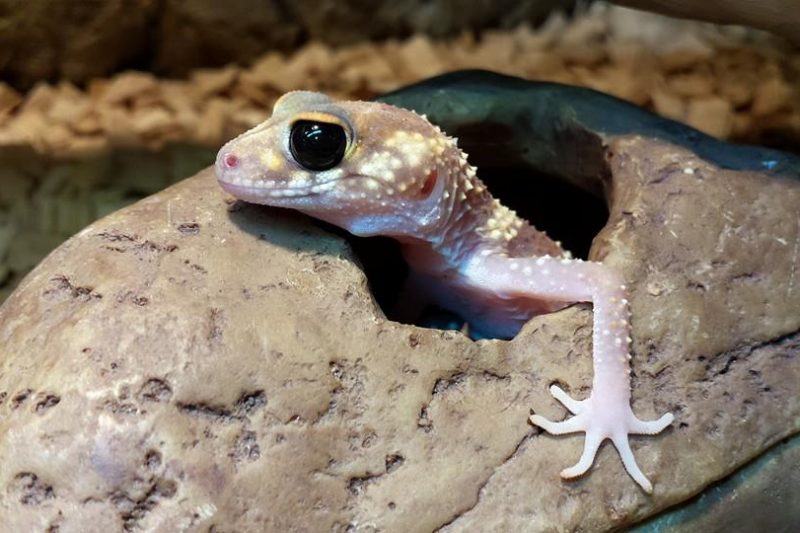
Credit: www.evolutionreptiles.co.uk
Reptile Sand In Aquariums: Myth Or Safe Reality?
Can Reptile Sand Be Used In Aquariums
Aquarium enthusiasts are always on the lookout for new substrates to use in their aquariums. While some might be skeptical about using reptile sand in aquariums, others might be interested in exploring this option. In this blog post, we will explore the use of reptile sand in aquariums, its benefits and drawbacks, and whether it is a safe substrate option for all aquarium creatures and plants.
What Is Reptile Sand?
Reptile sand is a type of substrate commonly used in reptile enclosures. It is made of different materials, such as calcium carbonate, silica, and quartz, depending on the manufacturer. Unlike traditional aquarium sand, reptile sand is often grainier and larger in size.
What Are The Benefits And Drawbacks Of Using Reptile Sand In Aquariums?
Using reptile sand in aquariums can have several benefits, such as:
- Enhancing the aesthetic appeal of the aquarium since reptile sand comes in different colors and textures.
- Providing a natural habitat for certain aquarium creatures that prefer sandy substrates.
- Preventing aquarium plants from uprooting since reptile sand is often heavier than regular aquarium sand.
- Keeping the ph level of the water stable, especially if the sand is made of calcium carbonate.
However, using reptile sand in aquariums also has its drawbacks, such as:
- Making it difficult to clean the aquarium since debris can easily sink into the sand.
- Creating high levels of dust during the initial setup, which can be harmful to both humans and aquarium creatures.
- Releasing chemicals into the water, such as silica, which can be harmful to certain aquarium creatures and plants.
- Potentially altering the water chemistry, especially if the sand is made of calcium carbonate.
Is It A Safe Substrate Option For All Aquarium Creatures And Plants?
Reptile sand is not a safe substrate option for all aquarium creatures and plants. Some aquarium creatures and plants may be able to tolerate it, while others may not. Here are some examples:
- Aquarium creatures that require smooth substrates, such as fish with delicate fins, should not be housed in aquariums with reptile sand.
- Aquarium creatures that burrow, such as eels and catfish, may benefit from using reptile sand as a substrate.
- Aquarium plants that have delicate roots may not be able to thrive in aquariums with reptile sand.
Before using reptile sand as a substrate, it is essential to research which aquarium creatures and plants can tolerate it and which ones cannot.
Using reptile sand in aquariums is a controversial topic. While it has some benefits, it also has drawbacks that should be taken into consideration. It is also not a substrate option for all aquarium creatures and plants. Therefore, before using reptile sand, do your research and make an informed decision.
The Pros
Provides A Natural-Looking Environment
Using reptile sand in aquariums has benefits, one of which is that it provides a natural-looking environment for your aquatic pets. The benefits of this natural-looking environment include:
- Enhances the aesthetic appeal of your aquarium by mimicking the bottom of a lake or stream.
- Creates a calm and comfortable environment for your reptiles to thrive in.
Offers A Varied Substrate Texture
Reptile sand can provide an appealing texture that makes the aquarium environment heterogeneous. This variation in the substrate texture in your aquarium provides several benefits, including:
- Aids in simulating the variety of textures in the natural habitat of your reptiles.
- Provides enough rough surface for the colonies of beneficial bacteria that help to maintain water purity and quality.
Aids In Burrowing And Nesting Behaviors
Many reptiles exhibit burrowing and nesting behaviors, and using reptile sand instead of regular sand in your aquarium can provide many benefits that support these behaviors, including:
- Facilitates the creation of burrowing and nesting spots that allow your reptiles to simulate their natural habitat.
- Allows reptiles to exercise their natural instincts by digging and tunneling.
- Provides a substrate for reptiles to lay eggs and rear their offspring.
Holds Humidity
Another benefit of using reptile sand in aquariums is that it holds humidity. This is of utmost importance for reptiles who require a specific humidity level to thrive in their environment. Using reptile sand can help maintain moisture levels by:
- Providing an optimal surface area for water to cling and evaporate.
- Reducing the need for constant spraying or misting of the enclosure.
Regulates Ph Balance
Using reptile sand in aquariums can regulate the ph balance of the water as well as the enclosure’s environment. The interaction between the sand, water, and bacteria can create an ecosystem that fosters a stable environment and benefits reptiles in the following ways:
- Helps in buffering changes in the ph level that might occur due to biological processes in the aquarium.
- Facilitates the creation of a chemical balance that supports the growth of beneficial bacteria while inhibiting the proliferation of harmful microorganisms.
Using reptile sand in aquariums provides numerous benefits that support the growth and development of your aquatic pets. From enhancing the aesthetic appeal of your aquarium to supporting your reptiles’ natural instincts, reptile sand can provide a myriad of advantages to aquarium enthusiasts and pet lovers alike.
The Cons
May Harbor Harmful Bacteria And Microorganisms
Using reptile sand as a substrate material in aquariums may lead to the introduction of harmful bacteria and microorganisms. These organisms thrive in the sand and can multiply to dangerous levels, especially in aquariums with a high stocking density. Some of these bacteria and microorganisms can cause diseases in fish and other aquatic creatures.
Therefore, it is essential to be cautious when using reptile sand in aquariums.
- Reptile sand can introduce harmful bacteria and microorganisms into the aquarium
- These organisms can cause diseases in fish and other aquatic creatures
- High stocking density in the aquarium can amplify the growth of bacteria and microorganisms
Can Cause Impactions Or Digestive Issues In Certain Animals
Reptile sand is composed of tiny particles that can be ingested by certain aquatic animals such as turtles, frogs, and bottom-dwelling fish. The ingestion of sand can cause impaction or blockages in the digestive system of these animals, which can be fatal in severe cases.
Therefore, it is crucial to avoid using reptile sand in aquariums inhabited by these animals.
- Reptile sand particles can be ingested by certain aquatic animals such as turtles and frogs
- Ingesting sand can cause impaction or blockages in the digestive system of these animals
- The ingestion of sand can be fatal in severe cases
Can Be Abrasive And Harm Soft-Bellied Creatures
Reptile sand is typically rough and can be abrasive to soft-bellied creatures such as corydoras catfish and certain types of shrimp. The abrasive nature of the sand can damage the soft tissue of these animals and cause infections and diseases.
Therefore, it is best to avoid using reptile sand in aquariums with these types of creatures.
- Reptile sand can be abrasive to soft-bellied creatures, causing damage to their soft tissue
- Soft-bellied creatures such as corydoras catfish and certain types of shrimp are susceptible to infections and diseases
- Avoid using reptile sand in aquariums with soft-bellied creatures
May Cause Ph Balance Issues In Certain Aquarium Setups
Reptile sand can alter the ph balance of an aquarium, making it unsuitable for certain fish or plants. The sand contains a high percentage of calcium, which can raise the ph levels of the water, making it more alkaline. Some fish and plants may not be able to thrive in such conditions, leading to poor health or even death.
Therefore, it is vital to test the water parameters regularly when using reptile sand in aquariums.
- Reptile sand contains a high percentage of calcium, which can alter the ph level of the water
- Certain fish and plants may not be able to thrive in high alkaline conditions
- Test water parameters regularly when using reptile sand in aquariums
Alternatives To Reptile Sand
Can reptile sand be used in aquariums? Alternatives to reptile sand
Aquarium sand is an essential part of any fish tank, not only is it visually pleasing, but it also contributes to a healthy aquatic ecosystem. That being said, not all sand is suitable for aquariums. The question we will be answering today is, can reptile sand be used in aquariums, and if not, what alternatives are available for use?
Gravel
Gravel is an excellent alternative to reptile sand. It is readily available at most pet stores and comes in a range of colours and sizes. Gravel does not contain any harmful chemicals and helps create a suitable environment for beneficial bacteria to thrive in.
Here are some of the key points to keep in mind:
- Gravel is an affordable and widely available substrate for aquariums.
- Aquatic plants can root quickly in gravel.
- Gravel substrate requires regular cleaning to prevent food and waste buildup.
- Gravel does not work well for bottom-dwelling fish as it can be uncomfortable for them to rest on.
Clay Substrate
Clay substrate is an ideal option for planted aquariums. Its unique composition promotes plant growth and supports the growth of beneficial bacteria. Clay substrate is safe for fish and invertebrates and can improve water quality. Here are some key points to bear in mind:
- Clay substrate helps promote healthy plant growth.
- The fine texture can make it challenging to clean and can trap waste and debris.
- Clay substrate can harden over time, making it difficult for plants to root correctly.
- It can be costlier than other substrate options.
Aquatic Plant Substrate
Aquatic plant substrate is a nutrient-rich substrate that provides plants with all the necessary minerals they need to grow. This type of substrate is ideal for heavily planted aquariums and can help create a more natural environment for fish. Here are some key points to consider:
- Aquatic plant substrate promotes plant growth.
- It can be messy and leaves debris and organic material that needs regular cleaning.
- It can be challenging to clean and move around the aquarium.
- It can be costlier than other substrate options.
Glass Beads
Glass beads are an alternative to traditional sand and gravel substrates. They are inert and do not affect water chemistry, and are available in different sizes and colours. Here are some of the key points to remember:
- Glass beads come in various colours and shapes and add a unique aesthetic quality to the aquarium.
- They are easy to clean and maintain.
- Glass beads can be more expensive than other substrate options.
- They do not offer a suitable environment for beneficial bacteria to grow.
Reptile sand should not be used in aquariums, as it can release harmful chemicals and minerals into the water over time, which can have detrimental effects on fish and aquatic plants. Instead, suitable alternatives such as gravel, clay substrate, aquatic plant substrate, or glass beads can be used safely.
Each option has its unique benefits, and it is up to the aquarium owner to choose the one that best suits their needs.
Safe Practices For Using Reptile Sand
Can reptile sand be used in aquariums: safe practices for using reptile sand
Aquarium enthusiasts are always on the lookout for the best substrate for their aquatic pets. One question that has been asked quite a lot is whether reptile sand can be used in aquariums. The answer is yes, but with proper care and precautions.
We will discuss safe practices to follow when using reptile sand in your aquarium.
Proper Cleaning And Sterilization
Before using reptile sand in your aquarium, it is essential to clean and sterilize it to prevent harmful bacteria from entering your tank. Here’s how to do it:
- Rinse the sand thoroughly with warm water to remove any loose debris or dust.
- Use a solution of bleach and water (1: 20 ratio) and soak the sand for at least 10 minutes.
- Rinse the sand thoroughly with warm water again to remove any remaining bleach residue.
- Spread the sand out on a flat surface and allow it to dry completely before adding it to your aquarium.
Use In A Species-Appropriate Aquarium Only
Different species of aquatic pets have different requirements for their environment, including the substrate. Reptile sand might not be suitable for all aquarium animals as it can cause various problems if used incorrectly. Therefore, it is crucial to ensure that you use reptile sand only in species-appropriate aquariums.
Here are some examples of the types of aquatic pets that could benefit from reptile sand:
- Turtles
- Snakes
- Lizards
- Invertebrates
Mix With Other Substrates To Minimize Risks
If you’re going to use reptile sand in your aquarium, mixing it with other substrates is always a good idea. Mixing it with other substrates like gravel, pebbles, or sand will not only enhance the aesthetics of the aquarium but will also help to minimize risks.
Here are some benefits of using a mix of substrates:
- Create a more natural-looking environment for your aquatic pet.
- Allow for better water circulation and filtration.
- Provide a wider range of particle sizes, making the substrate less likely to cause compacting, which can harm your aquatic pet.
Regularly Monitor Aquarium Ph Balance And Health
The ph balance of your aquarium is critical to the health of the aquatic pets living in it. It is therefore essential that you regularly monitor the ph balance and health of your aquarium to ensure a healthy and stable environment for your pets.
Here are some key things to look out for:
- Use a ph testing kit regularly to monitor the water’s ph level.
- Keep track of any changes to the water quality or aquatic pet behavior.
- If you notice anything out of the ordinary, address the issue immediately.
Using reptile sand in aquariums is possible but must be done with great care and attention. Follow the proper cleaning and sterilization steps, use it only in species-appropriate aquariums, mix it with other substrates, and regularly monitor the ph level and health of your aquarium.
By following these practices, you can create a safe and healthy environment for your aquatic pets.
Frequently Asked Questions For Can Reptile Sand Be Used In Aquariums
Is Reptile Sand Safe For Aquariums?
Reptile sand can be harmful to aquariums as it can cloud water and release harmful substances.
Can Reptile Sand Affect Fish Health?
Yes, reptile sand can affect fish health by altering water chemistry, causing stress, and leading to disease.
What Are The Alternatives To Reptile Sand?
Gravel, sand, and aquarium specific substrate are great alternatives to reptile sand for aquariums.
Can Reptile Sand Be Used In A Terrarium Instead?
Yes, reptile sand can be used in a terrarium as substrate for certain species of reptiles and amphibians.
Conclusion
After considering all the factors, we can conclude that reptile sand is not suitable for use in aquariums. Despite its benefits, the risks overshadow them. The chemical composition and size of the sand can harm sensitive aquatic creatures. Moreover, reptile sand can create an irritating and unhealthy environment in aquariums.
It can also be challenging to maintain water quality with the use of reptile sand in aquariums. A better alternative is to use aquarium-specific sand that has been designed and formulated for aquatic life. In doing so, you can ensure the safety and well-being of your aquatic pets.
Always remember to carry out in-depth research to ascertain the suitability of any product for your aquarium. With this knowledge, you can make an informed decision and provide the best for your aquatic life.
